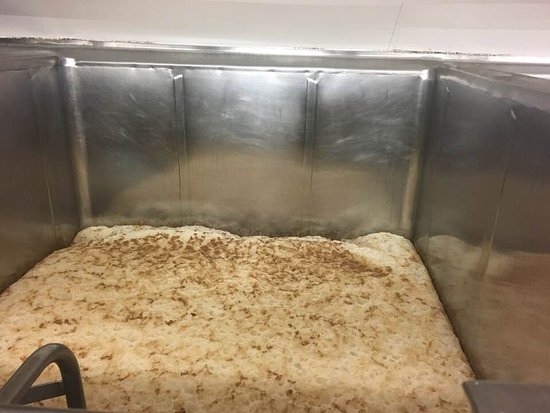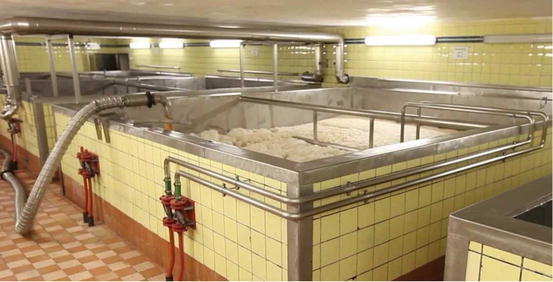Ghostie
Active Member
Ok, ok, open fermentation has probably been discussed before on numerous occasions in these forums however I just want to share my latest experiment with open fermentation.
After experiencing three 'banana challenged' i.e. no banana flavour to be found brews that I had done I decided to research what I may be possibly doing wrong with the brew. With many varied and interesting internet searches I fell upon open fermentation and the positive affects it has on a beer's flavour enhancements.
So.....I looked up food grade containers and purchased a steel food vessel, brewed a hefeweizen and plonked the wort into the uncovered vessel.
I pitched the yeast four hours ago and will update you on the next four days fermentation (unless it gets an infection then you will never hear from this thread again).
After experiencing three 'banana challenged' i.e. no banana flavour to be found brews that I had done I decided to research what I may be possibly doing wrong with the brew. With many varied and interesting internet searches I fell upon open fermentation and the positive affects it has on a beer's flavour enhancements.
So.....I looked up food grade containers and purchased a steel food vessel, brewed a hefeweizen and plonked the wort into the uncovered vessel.
I pitched the yeast four hours ago and will update you on the next four days fermentation (unless it gets an infection then you will never hear from this thread again).










